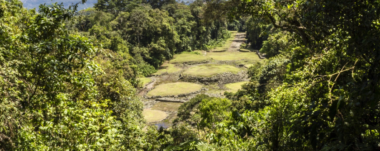The Impact of Ecotourism on Costa Rican Wildlife
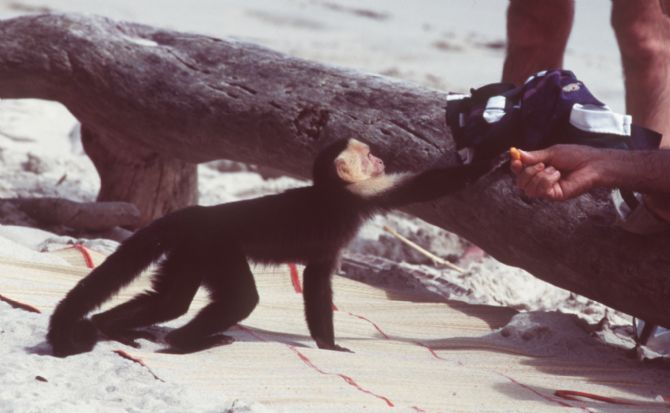
Impact of Ecotourism on Costa Rica’s Fauna.
Costa Rica is known worldwide for its extraordinary biodiversity, hosting nearly 5% of the world’s plant and animal species, despite representing only 0.03% of the earth’s surface. This country has stood out as a pioneer in the implementation of an ecotourism model that seeks to balance environmental conservation and economic development. Over the years, this strategy has had a profound impact on the country’s fauna.
Conservation and Biodiversity
The fundamental pillar of ecotourism in Costa Rica is the conservation of biodiversity, promoting practices that minimize negative effects on ecosystems. A key element of this strategy has been the creation of protected areas, which currently cover about 25% of the national territory. These areas, such as the Tortuguero and Manuel Antonio national parks, have not only protected endangered species such as the green turtle and the jaguar, but have also generated economic opportunities for local communities through sustainable tourism.
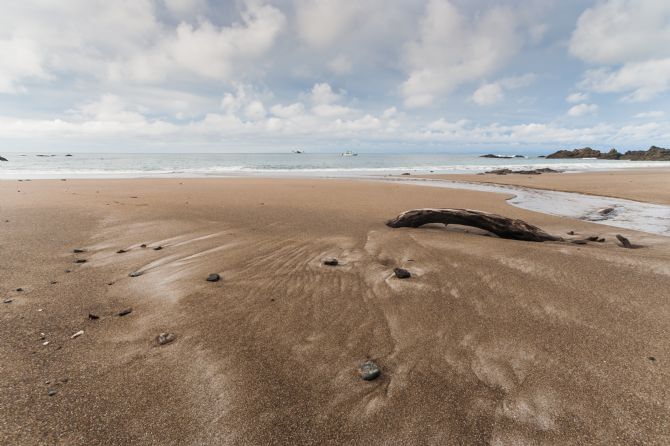
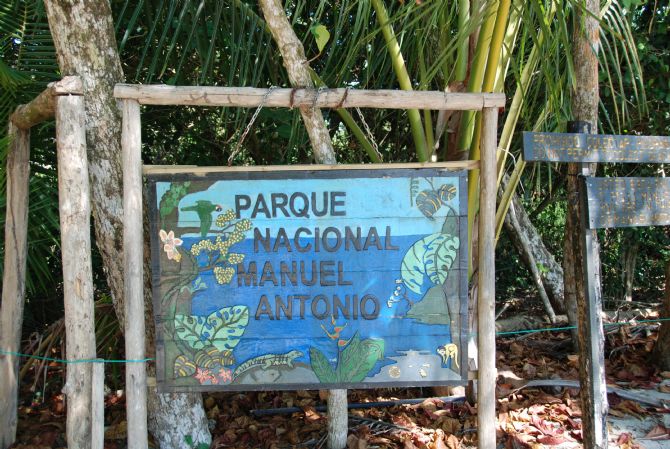
This has contributed to the protection of these species by generating income that is reinvested in conservation. Environmental education has also played an important role, raising awareness among both locals and visitors about the importance of protecting these valuable ecosystems.
Positive Impacts of Ecotourism
This has proven to be a key driver of Costa Rica’s economic and social development. Its positive impacts include:
- Employment Generation: The ecotourism sector has created thousands of jobs throughout the country, contributing significantly to the local economy, especially in rural communities near protected areas.
- Environmental Education: Tourism activities often include educational components that help visitors better understand the importance of conserving ecosystems and the species that inhabit them.
- Improving Local Wellbeing: By involving local communities in the management of ecotourism, a sense of belonging is fostered and income is generated that helps to improve the quality of life of the inhabitants.
Changes in the Fauna of Costa Rica
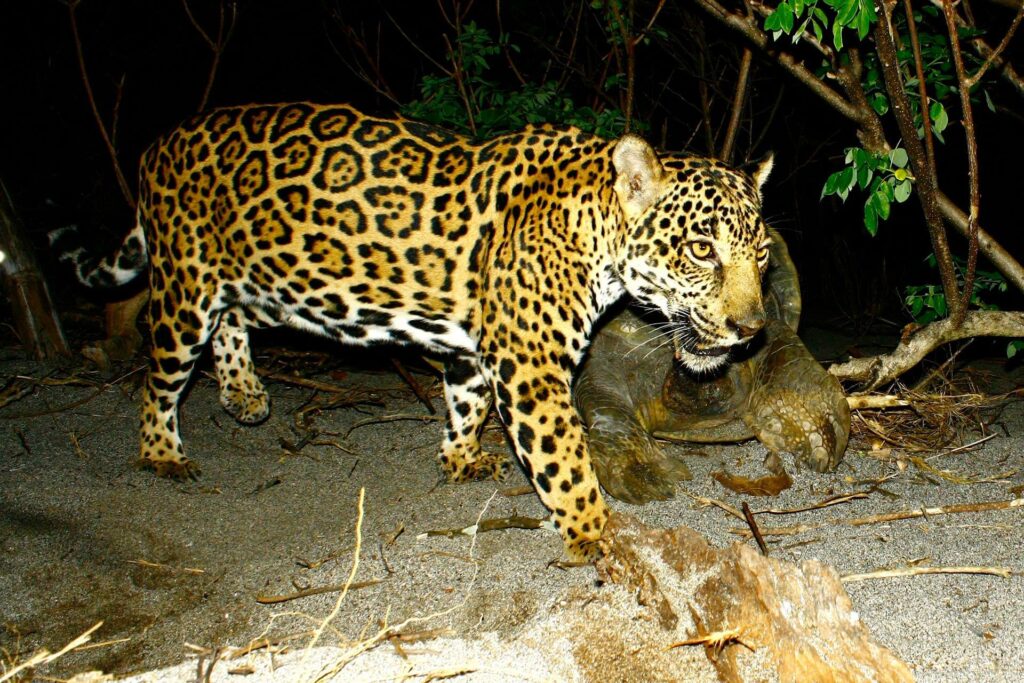
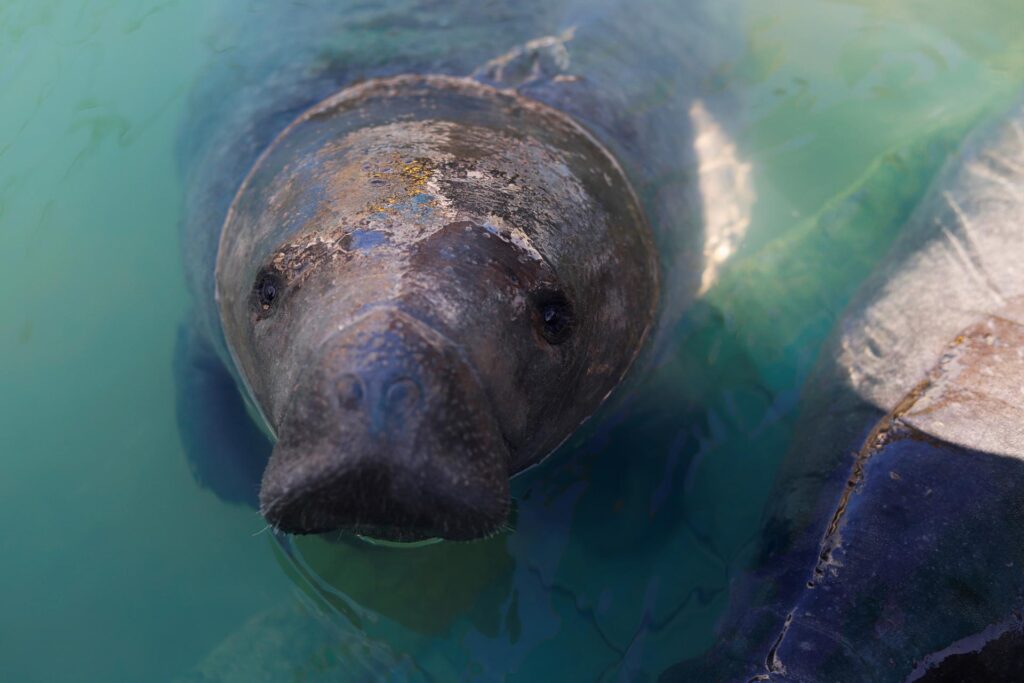
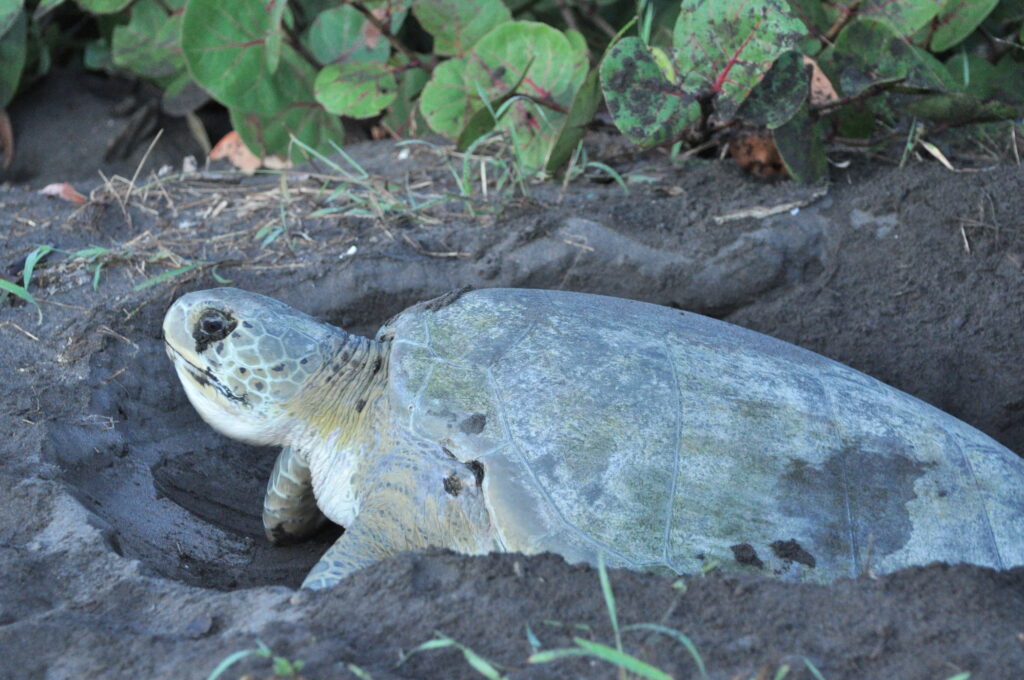
Since the introduction of ecotourism, significant changes have been observed in the populations of various species. Among the most notable is the increase in populations of endangered species, such as green turtles in Tortuguero National Park, which have seen a resurgence thanks to conservation efforts supported by tourism. As well, species such as the jaguar and manatee have found safe haven in protected areas, where the implementation of sustainable practices has allowed for the preservation of their critical habitats.
Impact of Ecotourism: Challenges and Negative Effects
Despite the many benefits of ecotourism, it also presents challenges. The construction of tourism infrastructure, such as hotels and roads, can fragment habitats and put local species at risk. In addition, the increase in the number of tourists in some areas can alter the natural behaviors of wildlife. For example, some primate species, such as howler monkeys, may be affected by noise and constant human activity.
Another challenge is gentrification, as rising land values in tourist areas can displace local communities, creating tensions between economic development and social justice.
Sensorial Sunsets
Navigate articles




